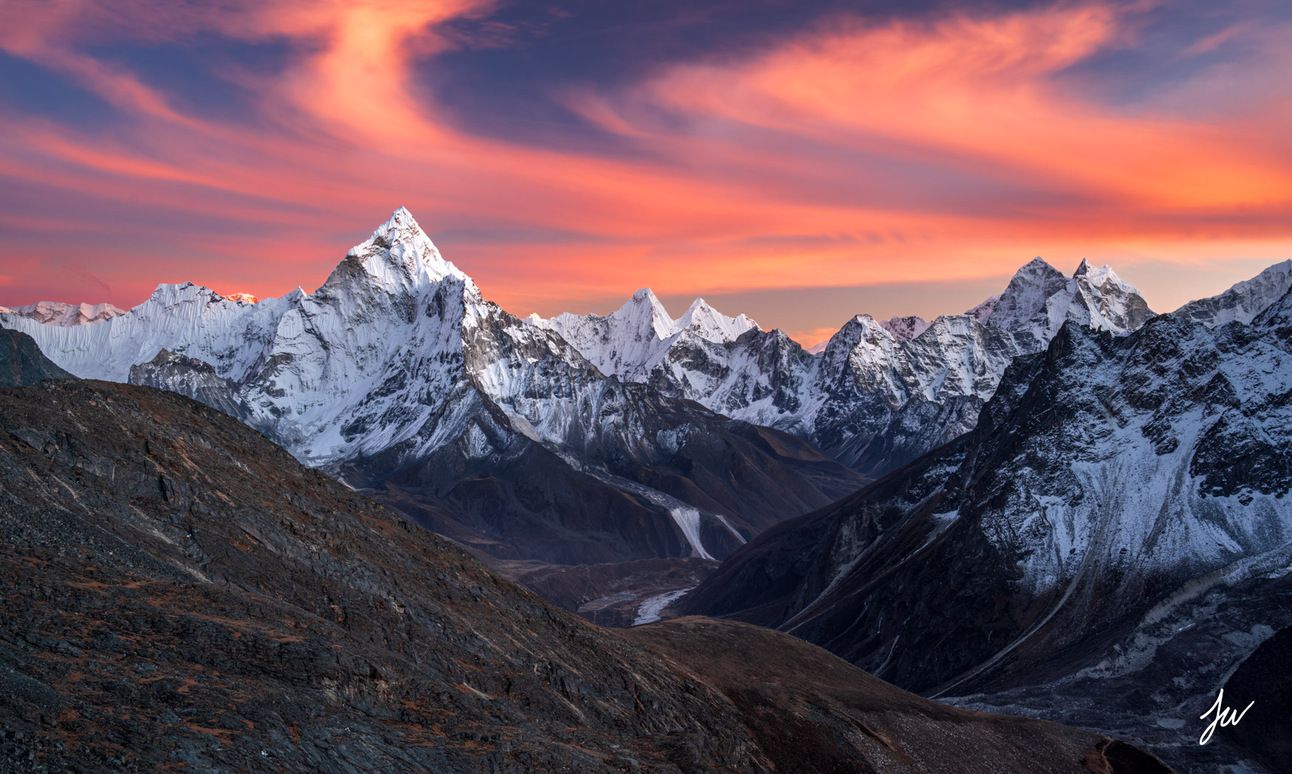- The Climate Mentor
- Posts
- 137 - The Himalayan thirst
137 - The Himalayan thirst
How vanishing snow threaten billions

A silent meltdown 🏔️
Picture the towering peaks of the Himalayas, blanketed in eternal snow — or at least, that's how we like to imagine them. In reality, a quiet catastrophe is unfolding: the “Water Towers of Asia” are melting at an alarming pace.
What happens when the world's highest mountains can no longer supply water to billions of people?
The answer isn't just environmental — it’s deeply economic, social, and political.
Are we prepared for a future where thirst sparks new crises?

Himalayan snow cover anomalies: 2000 to 2019 Trends
A 23-Year snow low📉
In April 2025, scientists reported that snow cover in the Himalayas had reached its lowest level in 23 years.
This unprecedented decline might be a looming disaster.
The Hindu Kush-Himalaya region feeds 10 of the world's major river systems, including the Ganges, Indus, and Mekong.
Nearly 2 billion people — almost a quarter of the global population — depend directly on this water for drinking, agriculture, and energy.
A study from The Cryosphere journal found that by 2100, up to 80% of the Himalayan glaciers could vanish if global emissions are not drastically reduced.

Hydropower Resources in the Hindu Kush Himalayan Region
Experts warn that water shortages will hit first, followed by hydropower failures, agricultural collapses, and mass migrations from densely populated areas like India, Bangladesh, and Pakistan.
"We are looking at a slow-motion disaster that will reshape economies and societies," says Dr. Philippus Wester from the International Centre for Integrated Mountain Development (ICIMOD).
Water risk is investment risk
Water scarcity is rapidly becoming one of the biggest risks to global supply chains, agriculture, and energy production.
According to the World Bank, water scarcity could cost some regions up to 6% of their GDP by 2050.
Sectors like agri-business, hydropower, food and beverage, and infrastructure are already adapting investment strategies to mitigate water risk.
ETFs focusing on water infrastructure and technology, like Invesco Water Resources ETF, are seeing increased interest from investors betting on solutions to global water stress.
In short: water security is the new gold rush.
Keeping an eye on companies innovating in water conservation, desalination, and efficient irrigation could provide not just good returns — but a hedge against a drier, more volatile future.
Ready to dive into sustainable investing?
Subscribe to The Climate Mentor today to get updates on the latest trends, tips, and news on climate change.
Enjoy the newsletter? Please forward this to a friend 👥
It only takes 15 seconds. Making this took me 10 hours⌚
Reply